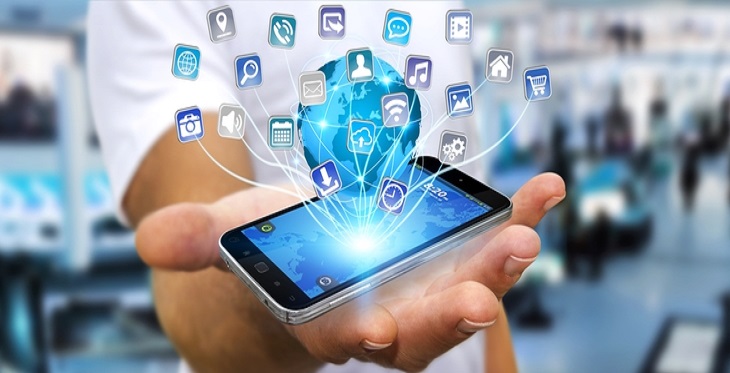Recent technological advancements have changed the way we see the world, paving the way for the growth of concepts such as telemedicine in the field of medical technology. Telemedicine is a method of providing clinical healthcare to someone from a distance by the use of telecommunication and information technology.
Previously, telemedicine was reserved for treating patients located in remote areas, far away from healthcare facilities, or in locations with a shortage of medical professionals. However, in today’s interconnected world, I believe telemedicine is now a tool for convenient medical care—its use is no longer limited to overcoming distance barriers or improving access to medical care. Today’s connected patient wants to waste less time in the waiting room at the doctor’s surgery and get immediate care for minor but urgent conditions when they need it.
Importance of TeleMedicine
Benefits for Patients:
- No travel expenses and no time spent waiting around for appointments
- Less interference with childcare or eldercare responsibilities
- Reduced medical costs provide value to the patient
- Extended access to consultations with specialist doctors
Benefits for Providers:
- Increased revenue
- Fewer missed appointments and cancellations
- The ability to treat more patients over time
- Better patient follow-up and improved health outcomes
5 Trends in Telemedicine that were prominent in 2016-2017
A report by Mordor Intelligence predicts that global telemedicine will be worth more than $66 billion by the end of the year 2021. Here’s how five telemedicine trends will shape the future of the healthcare industry.
- Patient Data Collection and Data Analytics: During a telemedicine session, patient information is automatically captured by the use of telemedicine services, such as sensors and mobile apps. Using this data and the slew of modern devices available, patient self-monitoring has been huge in 2017 and will continue to grow in 2018 and beyond. Some devices track patient ECG’s and send the results to doctors, providing an invaluable tool for healthcare professionals to monitor cardiovascular activity. Also, Big Data analytics plays a key role in analyzing data from many patients, helping to improve telemedicine treatments as a whole going forward. Patient data collection can help identify risk factors for certain illnesses, assisting physicians with recommending prophylactic treatments.
- Mobility and Cloud Access: By 2018, it’s estimated that 65 percent of interactions with healthcare facilities will occur with mobile devices. According to a 2015 research2guidance report, 80 percent of doctors already use smartphones and medical apps in their practice. Hospitals and insurance companies now store medical records in the cloud so that patients can access their test results online 24/7. This, in turn, decreases paper usage and saves time. Cloud data warehouses are one way of storing the data securely and efficiently (read more on types of data warehouses in the research2gudiance article).
- Enhanced Security: With lots of data being collected from patients to assist with telemedicine services, data security is vital. There are different techniques available today which help to enhance data security in telemedicine, including:
- Conducting a HIPAA security check once a year to reduce data security risk factors
- Insisting on encryption of data on all portable devices
- Conducting more frequent penetration testing and vulnerability assessments of IT systems
- Better Investment Opportunities: Because telemedicine is one of the fastest growing segments in the healthcare industry, many organizations are investing in it. Mergers between small and larger telemedicine operators provide financial stability to smaller companies and a platform to provide telemedicine care effectively. Also, larger telemedicine providers are collaborating with international medical institutions, helping them to spread their expertise abroad, widening the telemedicine market, and generating more revenue. Investment opportunities in telemedicine will only increase as India and China open their doors to telemedicine practices from the west.
- Better Healthcare Apps: In the coming years, we can expect more personalized telemedicine apps for both patients and clinicians, with the flexibility to specify the information transmitted between doctor and patient. Telemedicine app development also will give rise to mHealth, also known as mobile Health. Apps such as MDLIVE, Amwell, MyTeleMed, and Express Care Virtual will facilitate convenient interactions between patient and physician.
Telemedicine services provide cost-effective treatments and less wasted time for patients and physicians. Increased prevalence of chronic diseases, technological advancements -- particularly in software -- and a rise in the aging population are major factors driving the massive growth in telemedicine. Expect to see telemedicine become much more prominent in healthcare over the coming years, with more patients than ever having access to top-quality medical care at their fingertips.

